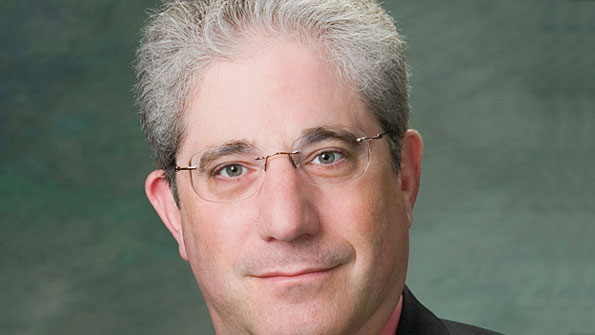Ideas needed to fix post-rebanding interference
Although we have made great strides in moving up the spectrum scale in terms of what is useable for communications, the reality is that our insatiable demand is not abating, nor is it keeping pace with efforts by the federal government to repurpose spectrum from federal to consumer use.
The increasingly divergent pieces of spectrum that need to be accessed in a single device make device design all the more complicated. At the same time, the multitude of potentially interfering devices and systems has increased. Thus, the potential for interference in a device has never been greater.
The purpose of 800 MHz rebanding was to address a piece of this issue, separating broadband and narrowband devices as much as possible. Yet, it was recognized at the time that this would not be a cure-all. Rather, additional steps would need to be taken to avoid interference. While we now have great rules for addressing interference once it occurs (Section 90.672 – 90.674), pro-active measures are still necessary. If there’s one thing the 800 MHz interference issue in Oakland, Calif., has taught us, it’s that we still have a long way to go.
Urgent Communications contributing writer and engineer Jay Jacobsmeyer of Pericle Communications has made a suggestion. Jay did the work for the city of Denver in the rebanding proceeding that demonstrated spectral separation was the only way to abate interference. Jay also is working with Oakland on its current issue.
During the original proceeding, Jay stated in numerous industry presentations that spectral separation would give land-mobile-radio manufacturers incentive to create what he saw as inexpensive filters to keep out broadband/out-of-band emissions after rebanding was completed. He even discussed a potentially inexpensive ceramic filter that could fit between the unit and the antenna. Unfortunately, no manufacturer that we’re aware of took that to heart. Now, based upon his work with Oakland, Jay’s company has filed comment in ET Docket No. 13-101. This FCC proceeding requests comments on the Technical Advisory Council’s white paper about improving receiver performance.
Pericle’s comments detail the variety of performance variations in interference rejection in current public-safety-grade radios. Note that each of these radios qualifies for interference protection under Section 90.672(b) of the commission’s rules; therefore, carriers are required to provide these units interference protection. However, Pericle posits that it would be much easier to do so with a little tweaking of receiver performance standards and by having manufacturers provide potential customers with data sheets showing measurement results, such as strong signal-intermodulation rejection.
Pericle’s comments warrant close scrutiny and response by the land-mobile industry. The post-rebanding, post-narrowbanding world is now just starting, and due consideration cannot happen soon enough.
At APCO 2013, Jay will be discussing his review of the situation, and interference in Oakland in particular, during a panel session on Monday. This would be an excellent place to begin the discussion, after industry review of the comments.
Alan Tilles is a partner at Shulman Rogers and counsel to hundreds of entities in the wireless industry. E-mail: [email protected] Twitter: @landmobilelaw















